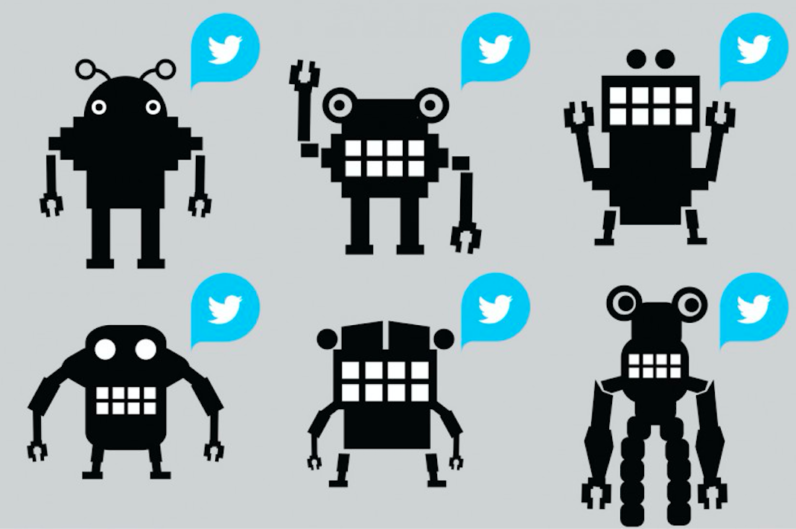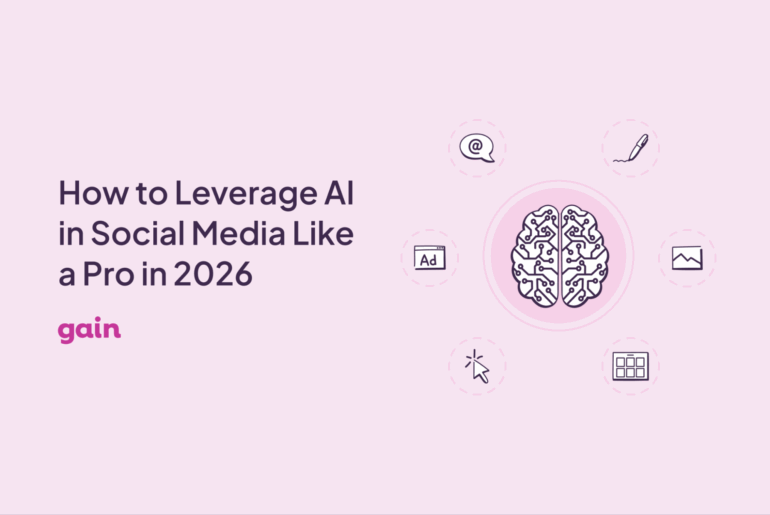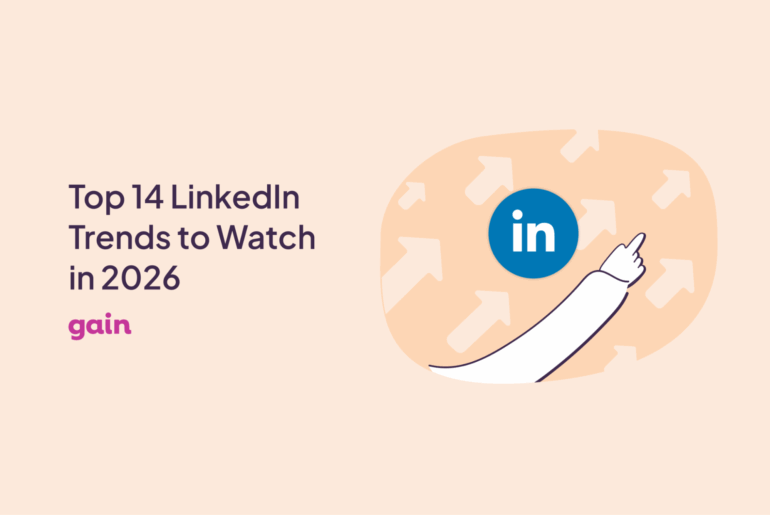The extraordinary number of fake accounts
“There are so many reasons it’s important to have large followings, depending on who you are. For people who are business leaders, and want to develop a reputation as an influencer or opinion leader, then Twitter and YouTube, Facebook, Instagram, all those, allow them to speak to larger groups of people and to develop a reputation of being an expert or develop the credibility of being the person people are listening to.” – Karen North, USC Social Media Professor From celebrities to politicians, it has become a necessity to amass a large following in a short period of time if you want to stand out from the noise. And even if the followers you accumulate are fake, the clout that comes with that impressive number is very much real. A large Twitter following can make a grassroots politician appear as an authoritative voice. It can turn a musician into a rising star. StatusPeople, creators of a Fake Follower Check Tool, which claims it has the ability to determine how many of a user’s Twitter followers are fakes, has revealed some astonishing numbers behind popular social media accounts. For example, the tool uncovered that a whopping 71% of Lady Gaga’s over 35 million Twitter followers were fake or inactive, along with 70% of President Obama’s nearly 30 million followers. Just like fake followers on Twitter, people are also buying fake views to jumpstart popularity on YouTube and make people believe that if a lot of people are watching a video, perhaps they should be watching it too. In 2012, YouTube started cracking down on companies and record labels on the site and collectively removed over 2 billion fake views. Universal Music Group reportedly lost one billion of its seven billion views, while Sony lost 850 million. There is data that suggests a significant number of both Trump and Clinton’s followers may have been purchased during the past election cycle as well. Vlad Shevtsov, a financial industry metadata specialist, based in Novosibirsk, Russia dedicated to new data processing models, has applied his team’s analytical algorithms to the data of social networks. Analyzing both Trump and Clinton’s Twitter accounts, his team established “bot-factors” that detail the likelihood that a particular account is fake, or a “zombie”, by taking into account metadata, profile information, location, the number of Tweets, and other factors. Here are some of their not-so-surprising findings as detailed in TechRepublic:- Number of Twitter followers registered in 2015 that fit a bot-factor trait
-
- Trump: 44-53%
- Clinton: 48-57%
- Number of Twitter followers that have no description
-
- Trump: 100,000+ accounts
- Clinton: 97,000 accounts
- Number of Twitter followers that have never posted a Tweet
-
- Trump: 38,000 accounts
- Clinton: 35,000 accounts
- Number of Twitter followers that have no followers
-
- Trump: 76,000+ accounts
- Clinton: 50,000 accounts
- Number of Twitter followers with no Tweets, no followers, no description, and no location
-
- Trump: 39,000 accounts
- Clinton: 22,000 accounts






